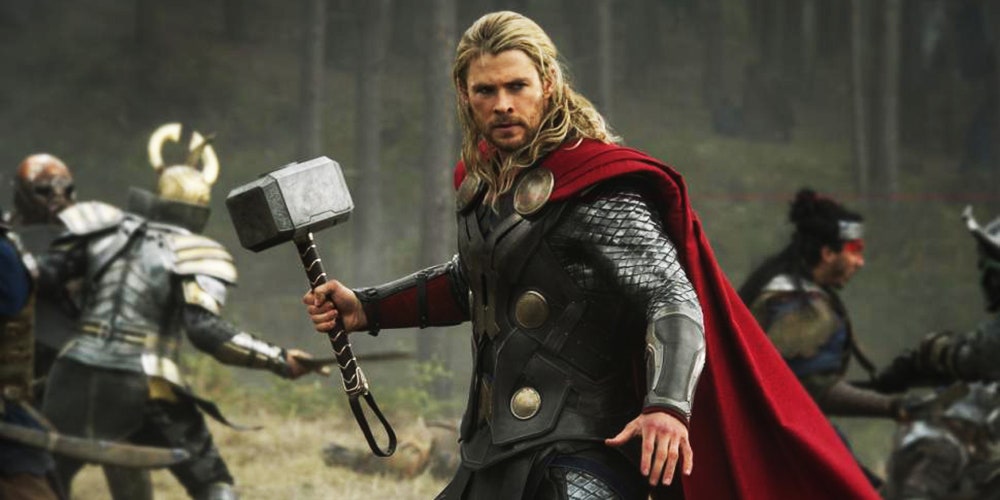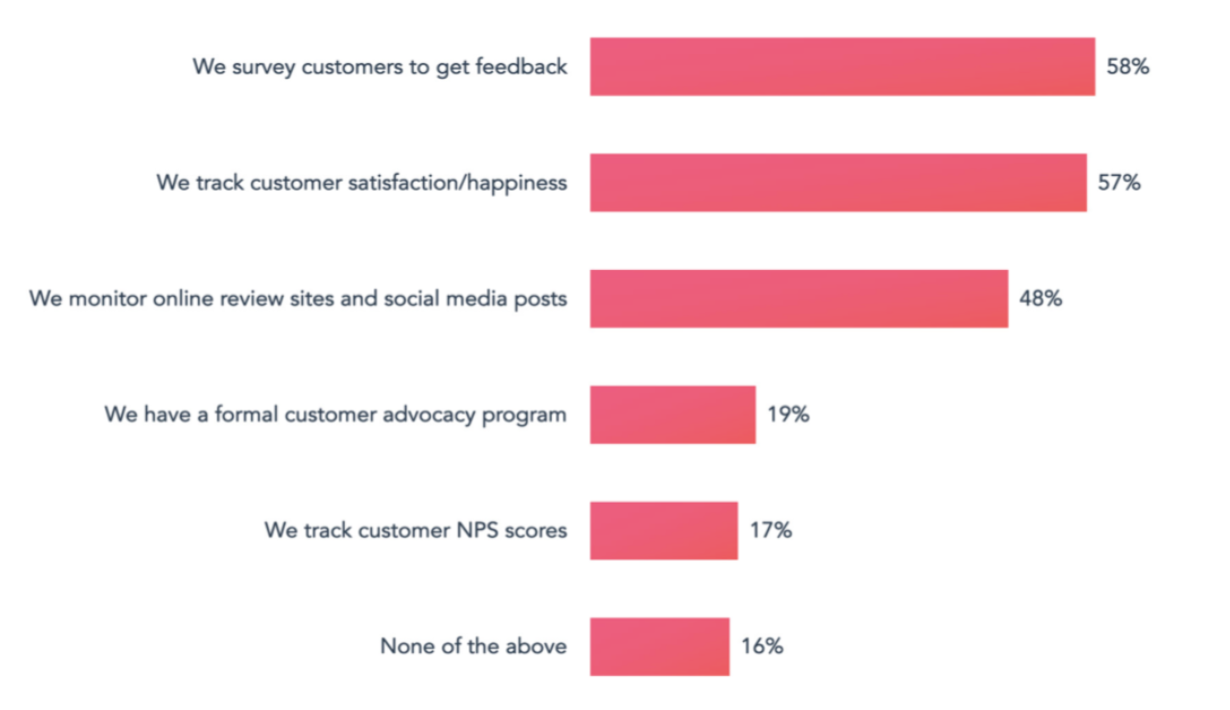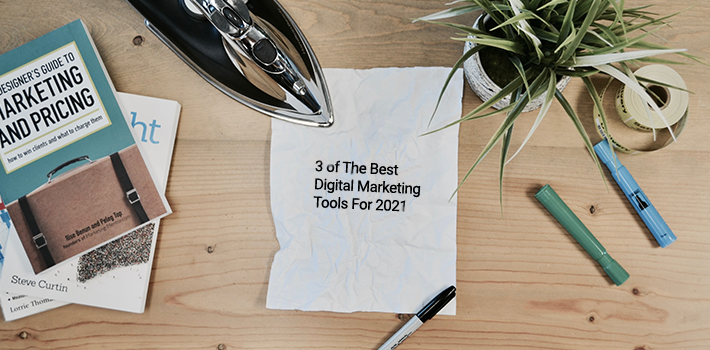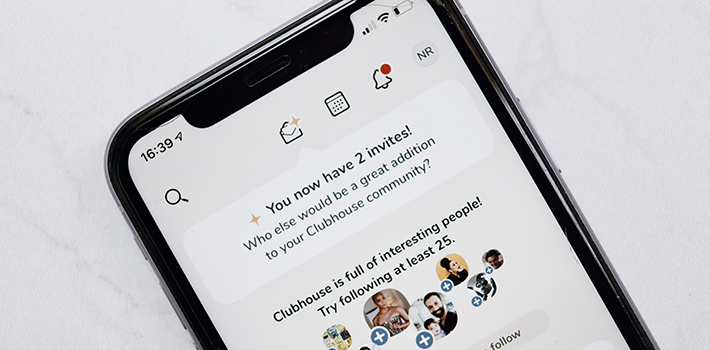Omnipresence in Context
In the last 30 years, everything about the way we communicate has changed.
Remember when trying to reach your buddy on the house phone would involve a painfully awkward conversation with his mom?
And remember how revolutionary it was when you could then connect with that same pal on MySpace, Hi5, or MSN?
If you don’t, it may be past your bedtime.
In one lifetime, we’ve managed to go from dial-up to 5G. Today, of the 7 billion people on earth, over 5 billion have cell phones, and over half of those have smartphones.
Things are always changing, and your audience is locked into a never-ending quest of finding new ways to connect with the world. And it is your job, as a brand, to meet them wherever they go.
Even back in those prehistoric landline days, you never would have invited that MySpace buddy over for a coffee via messenger pigeon. So if you’re still choosing to limit yourself to one or two means of communication with your target audience in 2020, during the golden age of Alexa and TikTok no less, I invite you to reconsider.
Omnipresence is the act, nay the art, of keeping up with your target audience no matter where they may wander. When engineered correctly, it is a great power to possess.
But as the Peter Parker Principle goes, with great power comes great responsibility.

What is Omnipresence?
Not to be confused with multi-channel marketing, which basically involves thoughtlessly pumping out the same “BUY MY PRODUCT” message, in the same format, on a select few channels, omnipresence is a multi-faceted, nuanced concept.
It is the creation of a cohesive brand experience that seamlessly integrates your brand messaging into the daily life of your audience.
It is estimated that we see anywhere between 4,000 to 10,000 ads every day. Insanity… I know.
But what that means is that in a saturated market where your audience is being incessantly bombarded by your competitors, your brand has no excuse to be absent.
It’s up to you to know how, when, and where your audience is most open to your messaging. And this will likely be across a number of channels, each in a different format and at a different time.
Gone are the days where you could afford to be complacent or ignorant of the habits and preferences of the people whose attention you want. Today, you need to know them better than they know themselves.
That’s where omnipresence is misunderstood. It’s not just about being there.
It’s about adapting and molding your messaging to effortlessly fit the constructs of every platform your audience frequents while maintaining a consistent and powerful brand identity.
It’s no good being everywhere if you aren’t adding real value to the customer experience with every message you put out. They need to trust you, they need to believe in you. They need to know exactly what kind of service, quality, and content to expect from you, every time they come in contact with your brand.
Essentially, you want to become the “little black dress” in your audience’s wardrobe. You can dress it down with sneakers and a scrunchie, or up with heels and a blazer depending on where you’re going. But no matter the occasion, it’s the go-to choice, no questions asked.
That’s what you want your brand to be: versatile, reliable, and most importantly, first to mind.
One Step at a Time
The problem with omnipresence is that it often seems unattainable.
You know when you have so much to do that you don’t even know where to start, so you just take a nap instead? People look at Nike and Apple and immediately abandon the mere idea of adopting a similar strategy.
Whether that’s because of budget issues or a general lack of long-term vision, a lot of brands shy away from taking the leap from multi-channel to omnipresence. But just like with anything in life, we must crawl before we can walk, and walk before we can run.
The first step to take is to know who you are. And more importantly, to know who your audience is, where they hang out and what they’re looking for when they’re there. Astonishingly, a HubSpot survey found that 42% of companies still don’t listen to their customers.
With that baffling statistic in mind, take a look at the complete results in the graphic below. It’s no wonder so many brands find it so hard to conceive of a long-term marketing strategy that makes an impact.
Omnipresence comes in stages – Rome wasn’t built in a day. So relax! You don’t have to be everywhere right off the bat. But what you do have to do is make sure you know everything about who you’re trying to reach.
That way, you can make damn sure you’re everywhere you need to be. Because if you aren’t, someone else is.
And that’s not a good look for you.
The Curse of Caution
Once you’ve figured out who you are and where you need to be, the next challenge is getting over yourself.
By that, I mean taking risks, daring to be bold, and creating a message that will make a lasting mark on your audience, setting you apart from the rest.
Your audience has limited capacity in their lives for your specific service or product. And if you’re competing in a crowded space, whoever’s message is the most targeted, the most refined and the most powerful, will win.
And this is the part that most brands get wrong. They try to stick to the safe, proven methods with predictable ROIs that they’ve tried in the past, no matter how dull or lacking in innovation they are.
The brain tends to work best with analogies, so let me put it to you this way.
It’s 2004, you’re confidently rocking your obscenely uncomfortable low-rise jeans and obnoxious Von Dutch hat as you blare Destiny’s Child’s “Lose My Breath” through the headphones of your super cool new iPod Touch.
Now, as you hum the melody to the banger of a song I just put in your head, be honest: who do you picture when you think of Destiny’s Child?
There’s only one correct answer to that question, and it’s Beyonce. Duh.
From the late 90s all the way to 2006, Destiny’s Child were everywhere. I mean, you just couldn’t get away from them! They were in clubs and restaurants, dentist offices and gas stations, retail stores, and yes, even your grandma’s head. They were “omnipresent” if you will.
But Beyonce? That’s who we listened for. That’s who we tuned in to see. That’s who made us go out and buy the CDs (remember when that was a thing?) And that’s who, to this day, 16 years later, still reigns supreme as the absolutely undisputed, internationally revered “Queen B”.
So, in a world where omnipresence is everyone’s marketing goal, there is no question that it should be yours too.
If, as a brand, you’re not doing everything in your power to reach every single person in your target audience by every means possible, you’re sealing your fate as yet another enterprise to tragically crumble and disappear into the abyss of forgotten dreams.
But, make no mistake: if you’re going to do what’s right by your brand and strive for omnipresence – you cannot, and I repeat, you CANNOT, do it as Michelle.
Heck, you shouldn’t even be content with going for it like Kelly.
If you’re going to use the power of omnipresence to its fullest potential, you gotta go full Beyonce.

Say My Name, Say My Name
The next mistake brands make is this strange tendency to immediately get complacent. They come up with a smart idea, generate some good buzz that makes a significant impact… and then they sort of rest on those laurels for a little while.
(I’m not quite sure why. We live in an era where people get viciously canceled and lovingly forgiven within the space of a week. Nothing lasts longer than the milk in your fridge, and brands need to understand that.)
So either they retire their efforts after one success, or they bomb with a campaign that doesn’t land and become crippled by the fear of more negative attention. This leads them right back to their super riveting roster of corporate comfort zone ideas, dooming their chances of ever being truly seen again.
But did Beyonce give up on her acting career after the disaster that was “Austin Powers in Goldmember?” Hell no! She went on to do the equally terrible “Pink Panther” movie. Then, in the same year, she played Diana Ross herself in Dream Girls, where she blessed the world with “Listen,” a killer single that whether you saw the movie or you didn’t, you still furiously belt in the shower.
The key to maintaining the power and effectiveness of omnipresence is consistency and variety. Beyonce will never stop releasing banger tracks or making movies (she was Nala in the Lion King, for Pete sake! A whole new generation of fans, with just one voice-over project.)
Nor will she stop collaborating with a huge variety of artists, from Coldplay (to lure in those alternative pop rock fans across the pond) to Shakira (one song, one entire continent reached… I mean come on.)
The point is – you can never stop working.
Never stop innovating. Never stop finding new places your target audience hangs out, and never stop coming up with new ways to get them to say your name.
Because the second you pump those breaks, someone else is gearing up to zoom straight past you.
Like Thor’s Hammer

Much like Thor’s Hammer, the power of omnipresence, when harnessed correctly, and handled by a brand who knows their strengths, their audience and their market, can grant you superhero strength.
It may seem unattainable, inconceivable, even Herculean, perhaps. But it’s not a sprint, it’s a marathon. It’s part of a larger mission to create longevity, loyalty, and legacy for your brand.
Sure, it’s no easy feat, with an ample amount of complex factors involved, including the correct implementation and integration of technology and strict adherence to a strategic timeline and plan.
But as far as I’m concerned, any brand worth its salt, with vision, ambition, and determination, will make this strategy a priority and hire the right talent to make it a reality.
Otherwise, as Queen B so eloquently puts it:
“Don’t you ever for a second get to thinking you’re irreplaceable.”






